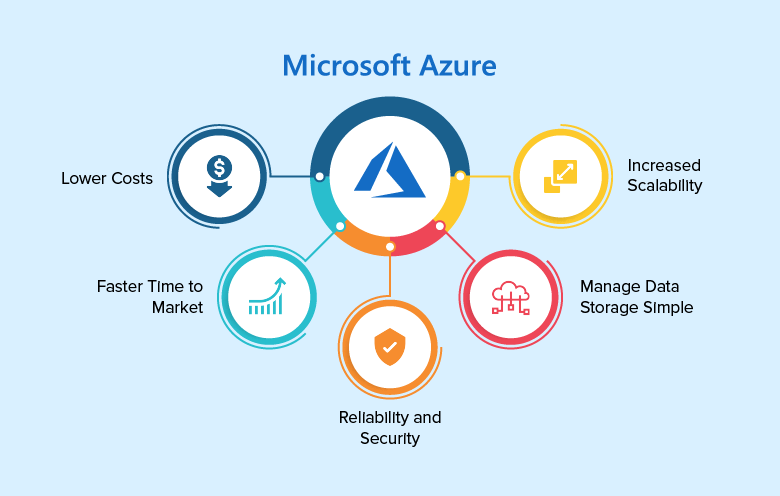
On Transformational OR Safety-conscious Cloud Adoption
As the cloud is becoming one of the most popular IT topics, it is important to study the differences between transformational and safety-conscious cloud adoption.
The cloud has become one of the most popular topics in IT, with companies of all sizes trying to determine the best way to adopt and utilize its many features. One of the key decisions organizations must take is whether to adopt a transformational or a safety-conscious approach to the cloud. A report by Bain shows that public and private cloud hardware, software, and services revenues amount to $180 billion, or 16% of the entire $1.1 trillion IT industry.
Businesses and organizations are faced with questions about where they should start their transformation process and how they can avoid common pitfalls. The answer depends on your business needs and what you’re trying to achieve with your cloud adoption efforts. There are advantages and disadvantages to both approaches.
A transformational approach can help an organization become more agile and innovative, but it also comes with more risk. A safety-conscious approach may be slower and more conservative, but it can help avoid some potential risks associated with cloud adoption.
Ultimately, it is up to each organization to decide which approach is best for them. There is no right or wrong answer, but it is important to consider all the factors involved before making a decision.
OPPORTUNITIES AND OBSTACLES
Transformational approach
Transformational cloud adoption is a great way to start. It gives time to learn what an organization needs and how it works before one decides on a particular technology stack. It also allows you to experiment with different technologies, which can help you find the right fit for your organization.
Transformational cloud adoption is characterized by a focus on cost savings, security, and agility. This type of cloud adoption tends to be more common among startups and smaller companies with less need for data security or compliance than larger organizations.
Transformational services offer exceptional performance and scalability, creating a market space for themselves in the early stages of the adoption game. Back in 2011, 47% of the total transformational demand was triggered by 11% of the companies. This figure has come down to 26% of total cloud demand because customers are now aware of the limited capabilities when adoption reaches its peak. This segment has consistently retained its 20% of customers and grown from 22% in 2011 to 26% in 2015.
Use case: DevOps and continuous delivery.
Benefits: Smaller companies are more willing to experiment with new technologies and adopt them quickly, which allows them to adapt to industry changes. They also benefit from using their own resources rather than relying on a large company’s infrastructure.
Drawbacks: Organizations can be more susceptible to risk if they don’t have the experience or budget for security measures.
OPPORTUNITIES AND OBSTACLES
Safety-conscious approach
Safety-conscious cloud adoption is essential because it ensures that your data is secure and that your applications don’t have security vulnerabilities that could compromise the integrity or confidentiality of your data or applications. However, safety-conscious adoption doesn’t necessarily mean that you must use every tool available to achieve it. In fact, it’s often more effective if you don’t use every tool available.
Safety-conscious cloud adoption is characterized by a focus on transparency, compliance, and information assurance. The type of cloud adoption tends to be more common among large organizations with high data sensitivity levels or regulatory requirements to operate in certain industries.
The safety-conscious market has consistently represented about 20% of customers and seen its share of cloud spending grow from 22% in 2011 to 26% in 2015.
Use case: Disaster recovery, data backup, recovery, and disaster prevention strategies.
Benefits: Organizations having invested in security have better disaster recovery plans. This provides peace of mind for employees and customers while helping them prevent costly losses due to data loss or system outages.
Drawbacks: If an organization doesn’t have these security measures, it can risk data breaches or intellectual property theft.
So, which type of cloud adoption is right for your organization? The answer, of course, depends on your specific needs and goals. But in general, safety-conscious cloud adoption is the best way to ensure that your data and applications are secure in the cloud.












